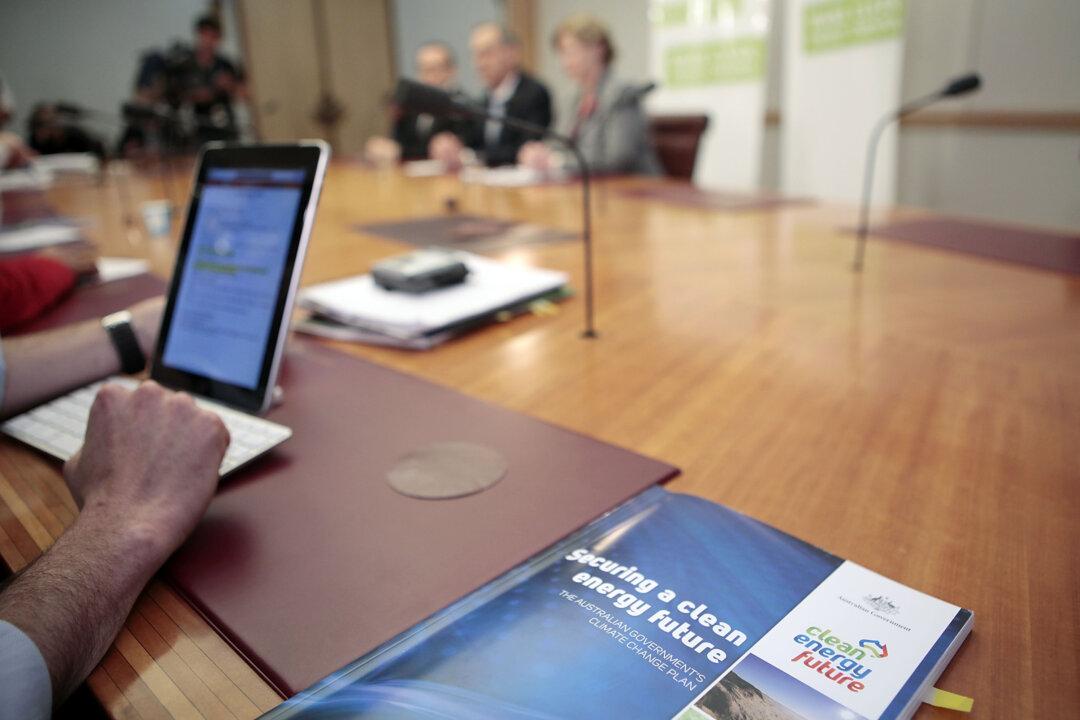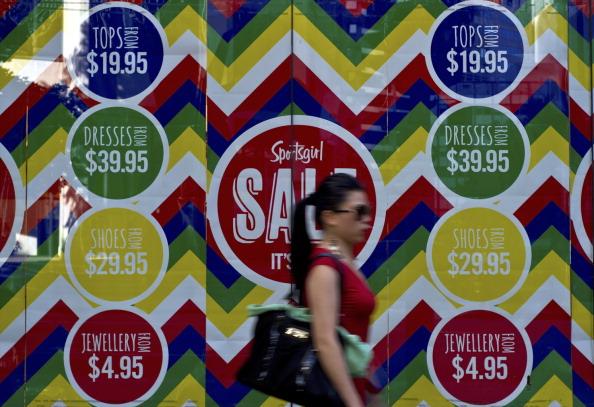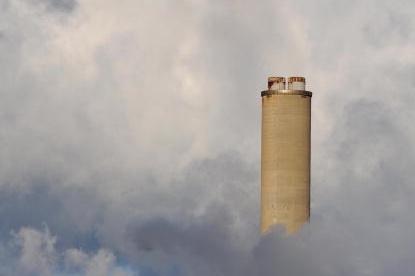Australia’s emissions reduction requirements may be smaller than initially anticipated according to new research. The news comes as the newly-elected Government moves to repeal the Carbon Tax legislation and introduce the Coalition’s Direct Action Plan. However, concerns regarding future carbon emissions still remain.
Australia’s commitment to reducing carbon emissions by 5 per cent by 2020 will now require the abatement of 550 million tonnes, revised down from 723 million tonnes, according to new data from energy and carbon research firm, RepuTex.
Despite the abatement level requirements falling 173 million tonnes, this has not come from current emissions reduction initiatives. Rather the fall is attributed to adjustments made to the historical emissions data from deforestation and from the industrial sectors, according to RepuTex.
Furthermore, the abatement credits earned by meeting emissions targets under the Kyoto Protocol could also be counted and would push the target even lower.
“These revisions should see our abatement challenge fall from 723 million tonnes to approximately 550 million tonnes, or as low as 440 if carry-over Kyoto credits are considered” said Bret Harper, RepuTex Associate Director of Research.
Despite the lower target Mr Harper warned that the findings should not give rise to complacency by the government.
“While the new abatement task is easier on the surface, it is unwise to think that Australia can now do less to curb emissions on the basis of carrying over permits from the previous Kyoto period” said Mr Harper.
“It is like preparing for a bike race and telling your friends that you no longer need to train because you won the last race”
The importance of continued policy development was echoed in a recent report by the Intergovernmental Panel on Climate Change (IPCC). In their Fifth Assessment Report released earlier this month, it was revealed that global temperatures could potentially rise 5.4 degrees Celsius by 2100; a far cry from the 2 degree limit the world has set itself. In addition, the world already reached half of its 1-trillion-tonne carbon emissions quota by 2011.
The centrepiece of the Coalition’s Direct Action Plan is an Emissions Reduction Fund. $1.5 billion over 3 years will be directed to the fund and used for an ‘abatement buy-back’ scheme. The Government will offer financial incentives to companies who are reducing emissions through approved abatement activities.
The impact of this policy has already attracted much scepticism, as its implementation is not likely to be as efficient as a market-based policy like an emissions trading scheme.
“The removal of the price on carbon and the implementation of the Direct Action Plan is likely to lead to emissions returning to previously high growth levels, which will almost certainly make the abatement task harder”, said Mr Harper.
Opposition leader Bill Shorten said the Direct Action policy was a “clunker”, which would impose a $1300 tax on every household and fail to reduce emissions in line with government targets.
Australia’s Carbon Challenge Shrinks, According to Research
Australia’s emissions reduction requirements may be smaller than initially anticipated according to new research. The news comes as the newly-elected Government moves to repeal the Carbon Tax legislation and introduce the Coalition’s Direct Action Plan. However, concerns regarding future carbon emissions still remain.

At a press conference after the government's announcement of the Carbon Tax plan at Parliment House on July 10, 2011 in Canberra, Australia’s commitment to reducing carbon emissions by 5 per cent by 2020 will now require the abatement of 550 million tonnes. Stefan Postles/Getty Images
|Updated:



